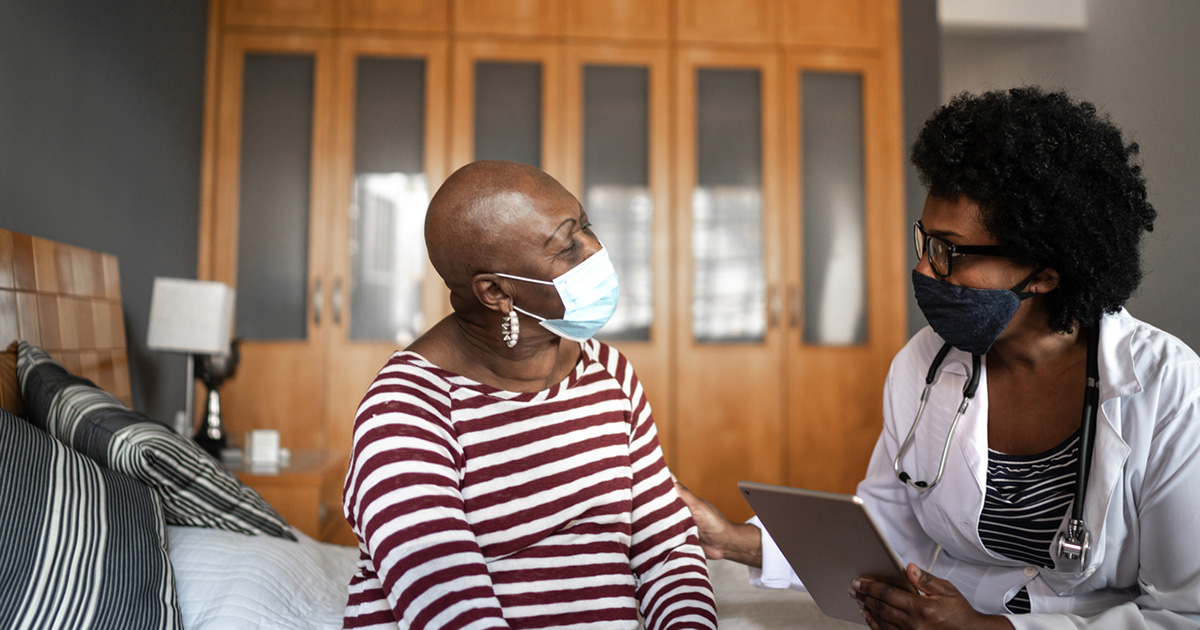Lower vaccination rates among members of communities of color likely has less to do with confidence in the vaccine’s effectiveness—but more to do with concerns around safety, a mistrust of motivations behind the endorsement of authorities, and barriers to access.
This was a key finding from a survey funded by the Summit Medical Group Foundation (SMGF), in partnership with Mathematica. With the need for local evidence and the desire to truly understand and respond to community needs, SMGF funded this study to better understand COVID-19 vaccine attitudes among Black and Latinx communities in New Jersey, who are experiencing poverty and are disproportionately impacted by the virus.
Overall, the mostly non-Hispanic white Summit Health patient respondents were significantly more likely to have received full or partial vaccination than the predominantly Black and Latinx, underserved food pantry community clients, 36% versus 22%. Community members using and living near food pantries who had not yet been vaccinated had more issues with accessibility (not knowing where or how to get the vaccine) than sampled Summit Health patients—26% compared with 7%—and were also more worried about paying for it. Unvaccinated community members using and living near food pantries had far more concerns than Summit Health patients about how quickly the vaccine was developed, that vaccine clinical trials did not include people “like them,” unknown long-term side effects of the vaccine, and interactions that the vaccine might potentially have with other health conditions.
“The survey demonstrated that we need to act now with messaging and facts that address these issues in the communities most at-need.” says Julienne Cherry, Executive Director of the Summit Medical Group Foundation.
“COVID vaccine uptake varies by demographics and geography,” says So O’Neil, Mathematica’s Director of Health Foundations. “We have to understand people’s motivations and reasons for getting or not getting vaccinated at a hyper-local level to develop effective messaging delivered through the right channels to get back to normalcy.”
Key Findings
- Community members using and living near food pantries had more concerns about accessibility to the COVID-19 vaccine than sampled SMG patients.
- Community members using and living near food pantries had more concerns about the safety of the COVID-19 vaccine than sampled SMG patients.
- Individuals in both groups who were unsure about getting vaccinated had concerns around the potential side effects.
- Community members using and living near food pantries had more mistrust of institutions’ motivation (with concerns that motivation was more about profit than public good) behind vaccine promotion than sampled SMG patients.
- Most individuals in both groups had confidence in the effectiveness of, and protection offered, through vaccination.
- Healthcare providers were the most highly trusted source of information across all populations, while the news media and federal government ranked lowest.
Read the brief to learn more information on the survey or contact Deric Joyner to speak with a Mathematica expert.


